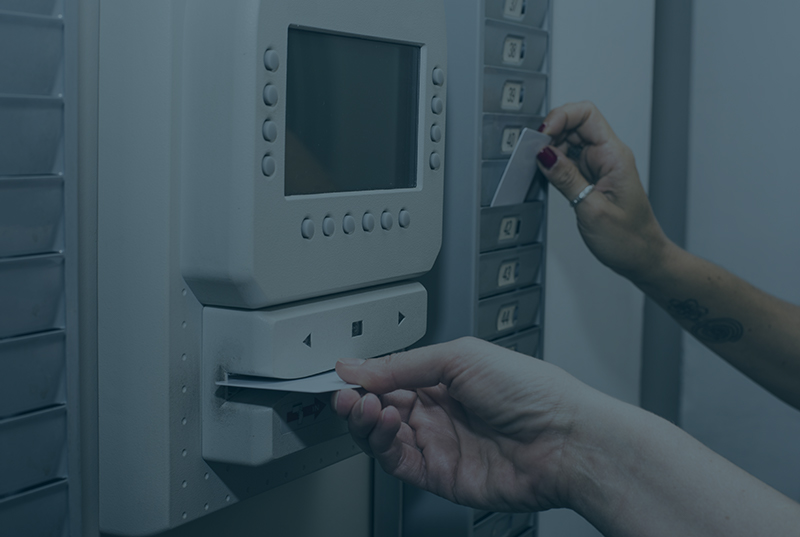1 min read
COVID in the Workplace: Sanitizing Time Clocks
If there is one thing that the COVID-19 pandemic taught businesses it's that having a plan for high-touch surfaces is crucial for employee safety....

Human Capital Management (HCM) systems typically consist of four main functional areas: Time and Labor Management (TLM), payroll, HR, and benefits. However, the solution that holds the highest potential ROI of the core four, is time and labor.
While the total value of a unified HCM system exceeds the sum of its parts, each one of the core four solutions – TLM, payroll, HR, and benefits – can also drive significant value.
In our experience over many years of selling, implementing, and supporting HCM systems, Time and Labor Management Software gets the least amount of attention, is the most underappreciated, and yet often presents the biggest opportunity to return huge value to the organization that enables the solution.
Aside from the software helping to ensure accurate timekeeping, there are many other, more specific benefits that come with time and labor management software.
One issue we often encounter is that time and labor management suffers from an image problem. Time and labor management goes by many different names, with no generally agreed-upon standard term. Examples include Time & Attendance, Time and Labor Management, Workforce Management, Time-tracking, and even Time Clocks or the dreaded Punch Clock.
Second, many people think of the old punch clock when they hear the term time and labor management.
Of course, time clocks have evolved far from those old mechanical dinosaurs. Today, they are electronic, often use biometrics instead of time cards, and quite frequently the clock is entirely replaced by a mobile phone or desktop computer.
Third, many people mistakenly think that time and labor management is only for hourly workers and not salary or exempt workers. In reality, this isn't true. Even salaried employees sometimes must record or input hours worked.
Finally, people assume that time and labor management is just about tracking hours worked, while again, in reality, it can be used to improve productivity, track labor costs, manage compliance, and employee engagement.
Time and labor management encompasses much more than tracking hours worked. It now includes:
Time and labor management provides insights and information that enables workers and managers to make more informed and better decisions, all while eliminating significant waste.
Here are some of the biggest benefits of deploying time and labor management as a part of a cloud-based, unified HCM solution.
The following 6 benefits are just the biggest reasons (not all) as to why businesses should implement modern, time and labor management software.
Employers can reduce time inflation and/or theft by:
Employers can manage absenteeism with:
Employers can reduce unnecessary overtime using:
Employers can manage FMLA and other types of leave by:
Employers can manage compliance with:
Employers can increase labor productivity by:
Businesses that are struggling to achieve any of the benefits above, or who are simply looking to take another step toward modernizing their workforce should seriously consider a modern time and labor system.
To see how we are already helping countless businesses with their time and labor management, contact us today.

1 min read
If there is one thing that the COVID-19 pandemic taught businesses it's that having a plan for high-touch surfaces is crucial for employee safety....

1 min read
Properly handling paid time off (PTO) accruals is often a challenge. In order to mange PTO properly and avoid conflict with employees, businesses...
2 min read
In the dynamic landscape of Human Capital Management (HCM), the significance of precise time and attendance tracking cannot be overstated. As the...